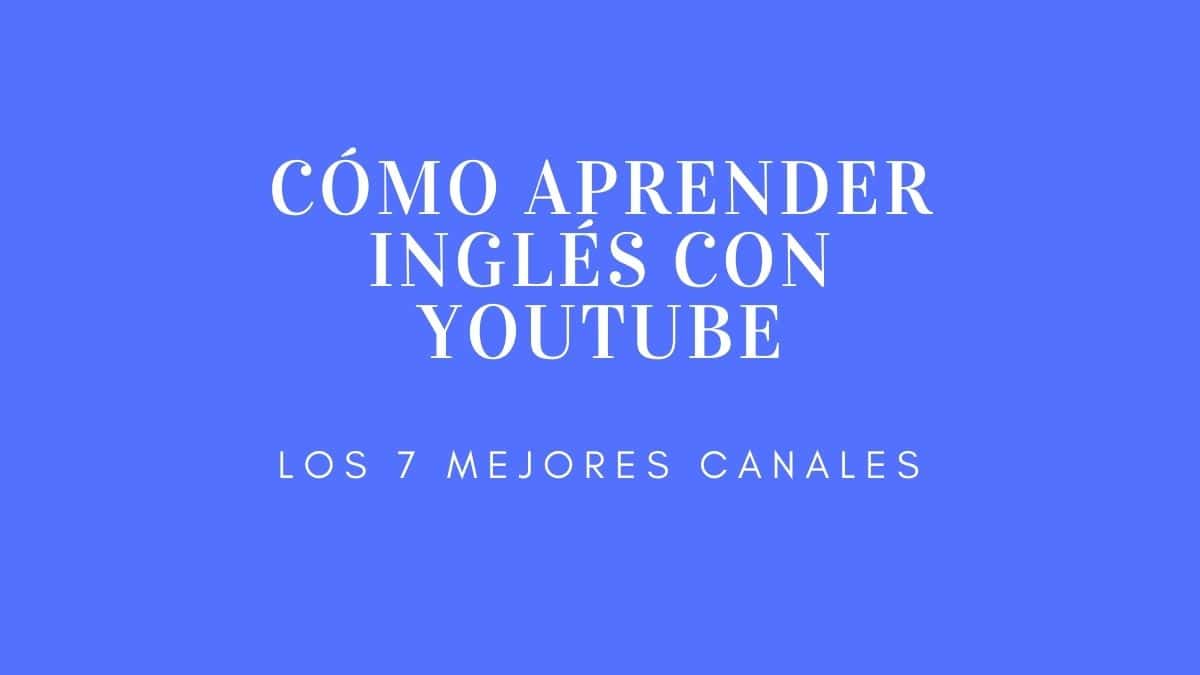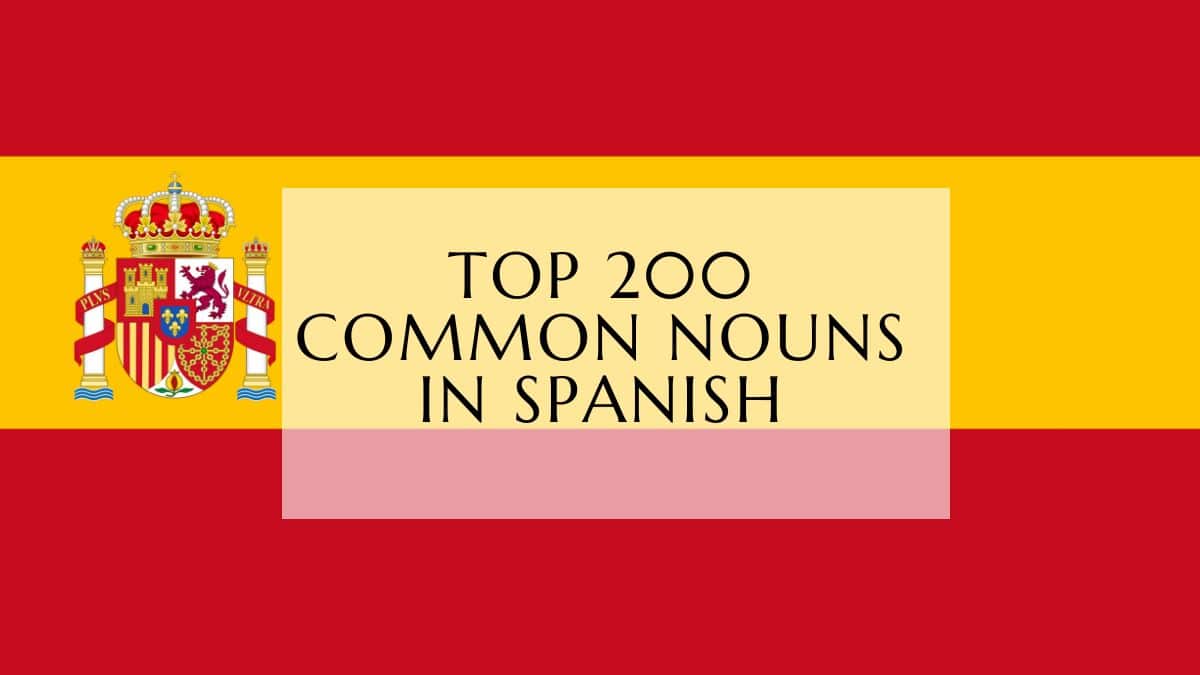In this lesson we will talk about the articles in Spanish; definite and indefinite. with brief explanation.

Definite Articles in Spanish
When to use the definite article
There are four definite articles in Spanish: el, la, los, las and they are the equivalent of the English “the“, they are used to specify or identify a particular noun (that we know or heard about before), and they must agree in gender and number.
| Masculine | Feminine | |
| Singular | el | la |
| Plural | los | las |
Example:
El libro – the book
Los libros – the books
La chica – the girl
Las chicas – the girls
Note: you can practice what you’ve learned here, and learn how to pronounce each of the words in our Memrise course here, don’t know how to use the platform or sign up? we’ve got you covered in this easy-to-follow tutorial here.
Indefinite Articles in Spanish
When to use the indefinite article
There are four indefinite articles in Spanish: un, unos, una, unas and they are the equivalent of the English “a, an, some“, they are used to introduce a non-specific noun, and they must agree in gender and number.
Example: necesito un taxi – I need a taxi (any taxi)
| Masculine | Feminine | |
| Singular | un | una |
| Plural | unos | unas |

Spanish Definite and Indefinite Articles Study Guide
Quiz
- What is the purpose of an article in Spanish?
- List the four definite articles in Spanish and their corresponding English equivalent.
- Provide an example of how to use a definite article in a Spanish sentence.
- When would you use an indefinite article in Spanish?
- List the four indefinite articles in Spanish and their corresponding English equivalents.
- Provide an example of how to use an indefinite article in a Spanish sentence.
- What are the two grammatical factors that determine which article to use in Spanish?
- What is the difference between “el” and “los”?
- What is the difference between “una” and “unas”?
- Provide a Spanish phrase for each of the following: “the boy,” “the girls,” “a book,” “some apples.”
Short Answer Quiz Answer Key
- Articles in Spanish specify whether a noun is general or specific.
- The four definite articles are: el (the), la (the), los (the), and las (the).
- Example: El perro es grande. (The dog is big.)
- Indefinite articles are used when introducing a non-specific noun or a noun that the listener/reader is unfamiliar with.
- The four indefinite articles are: un (a, an), una (a, an), unos (some), and unas (some).
- Example: Necesito un lápiz. (I need a pencil.)
- The two factors that determine the article used are gender (masculine or feminine) and number (singular or plural).
- “El” is the singular masculine definite article, while “los” is the plural masculine definite article.
- “Una” is the singular feminine indefinite article, while “unas” is the plural feminine indefinite article.
- “The boy” – el chico, “The girls” – las chicas, “A book” – un libro, “Some apples” – unas manzanas.
Happy learning!
Oualid Cheddadi is the founder of Lingualid, a platform that inspires independent language learners worldwide, regardless of the language they are learning. The name “Lingualid” is derived from the Portuguese word for “language,” “língua,” and the last three letters of Oualid’s name, “Lid.”



